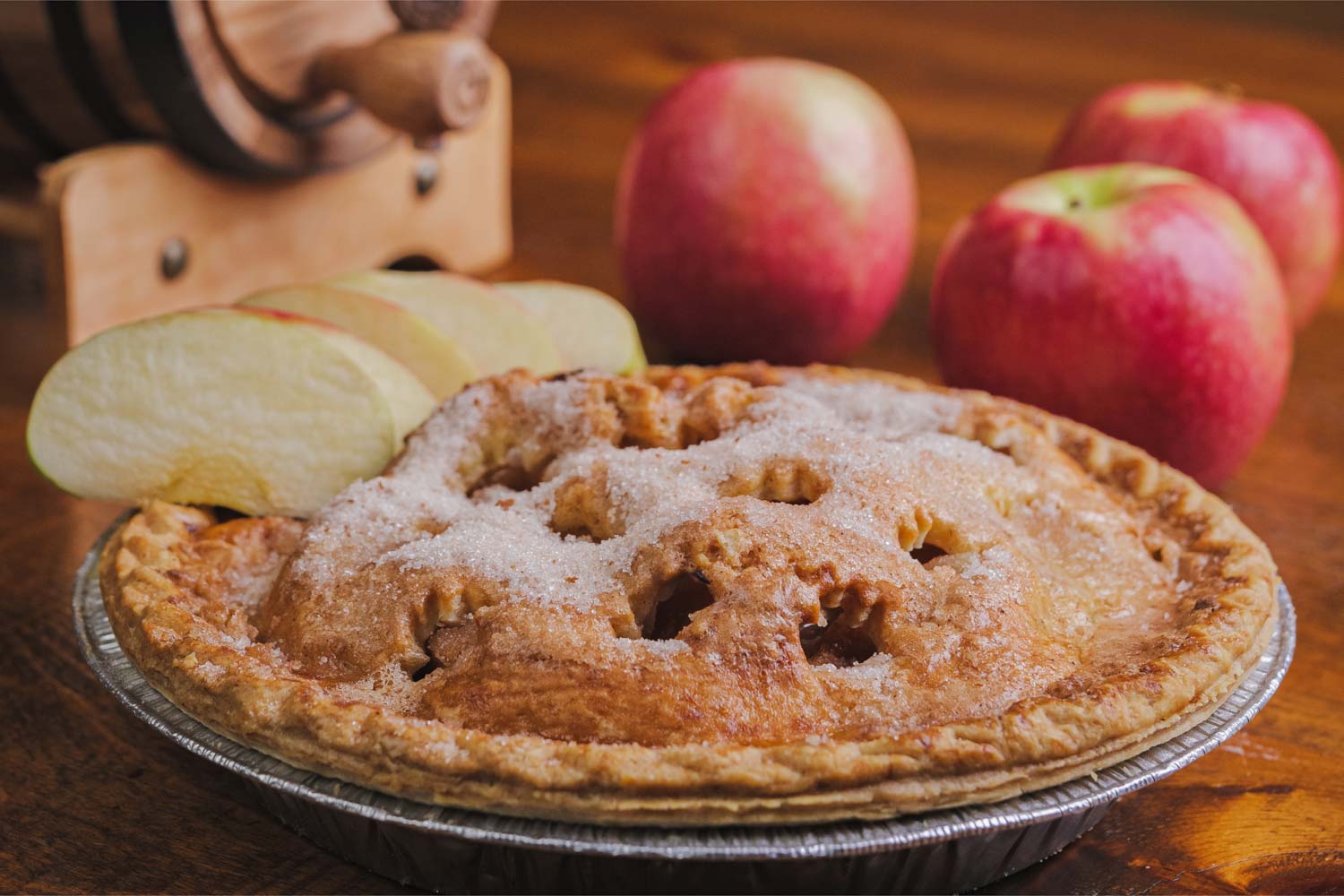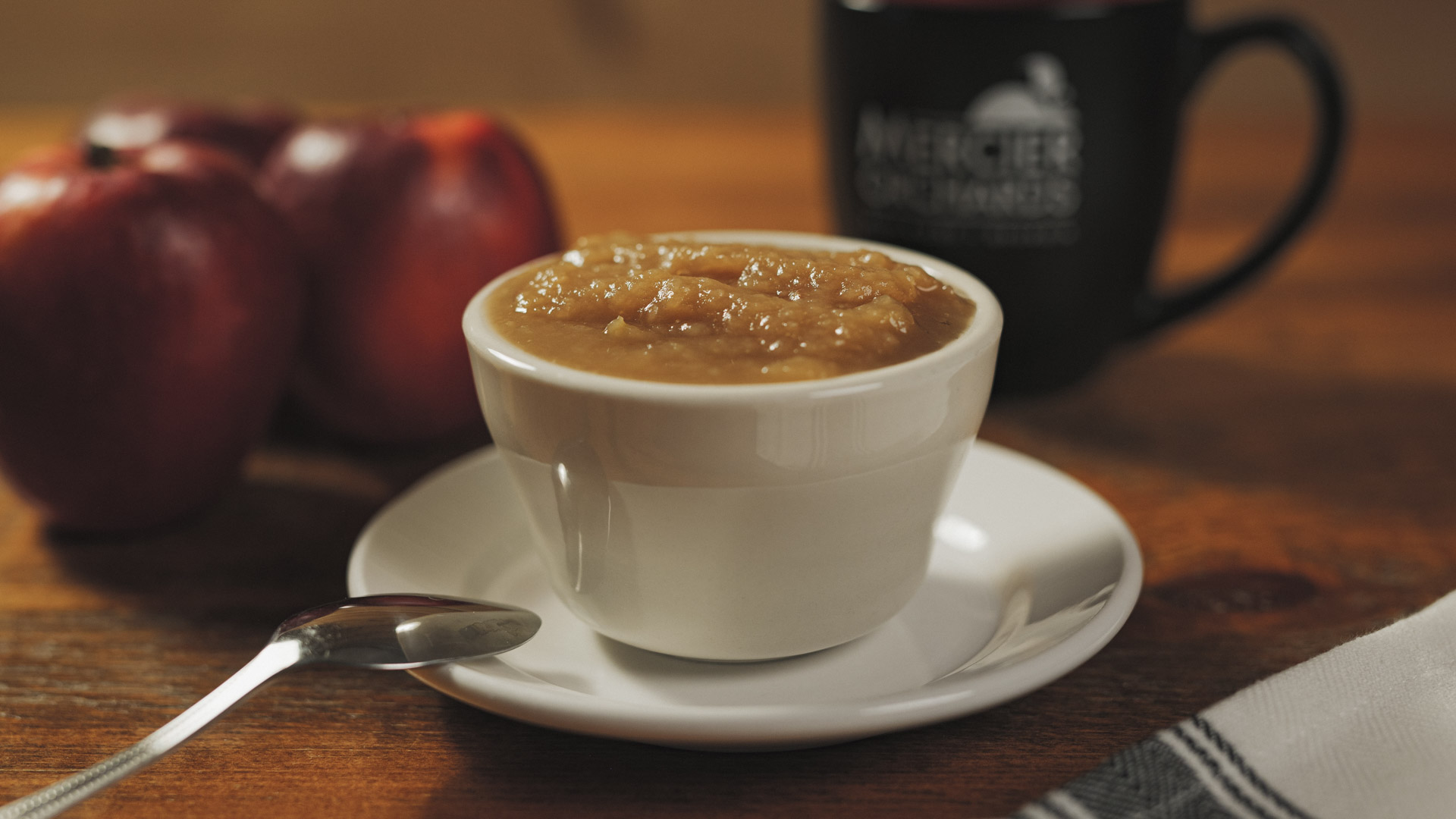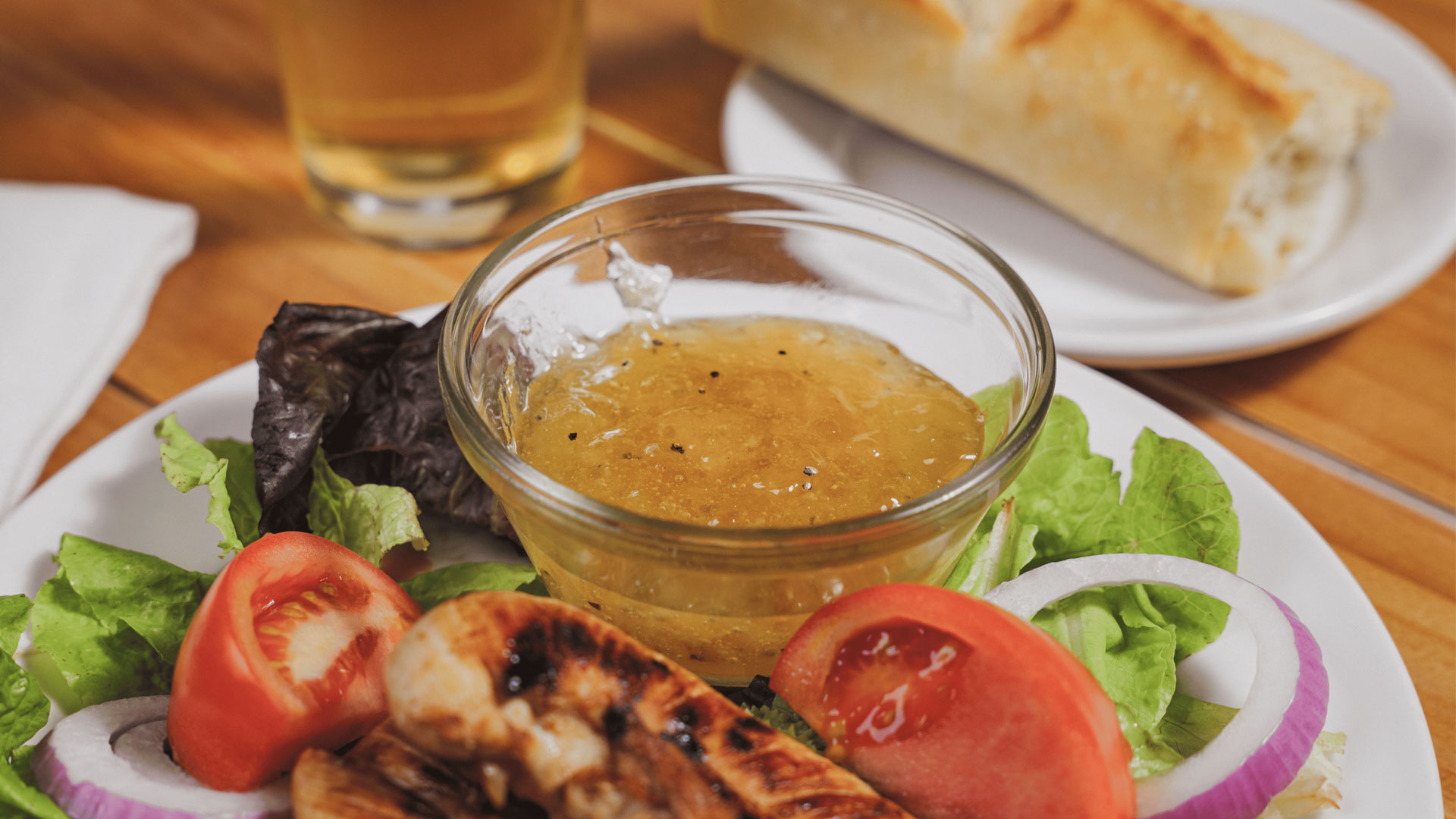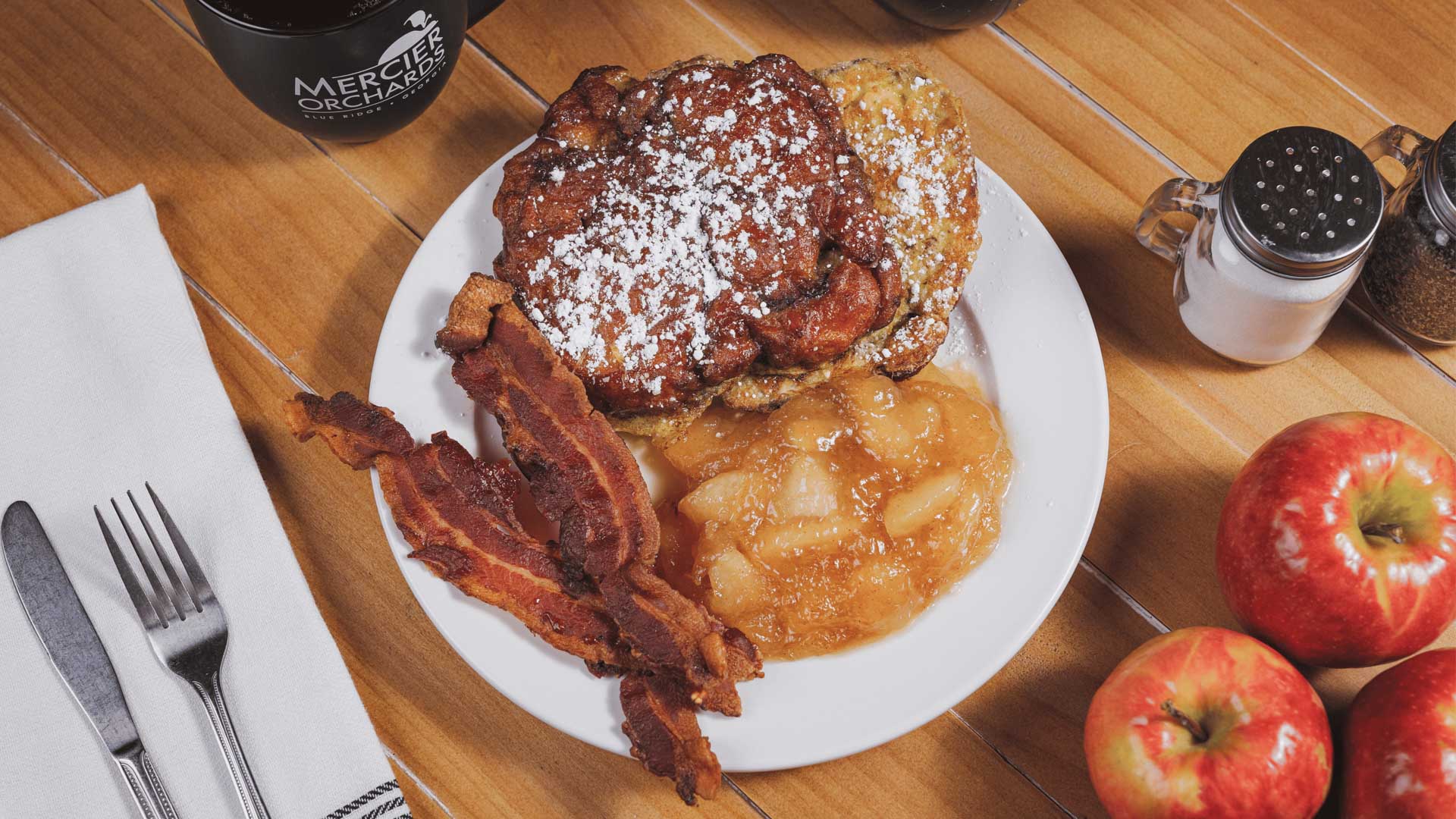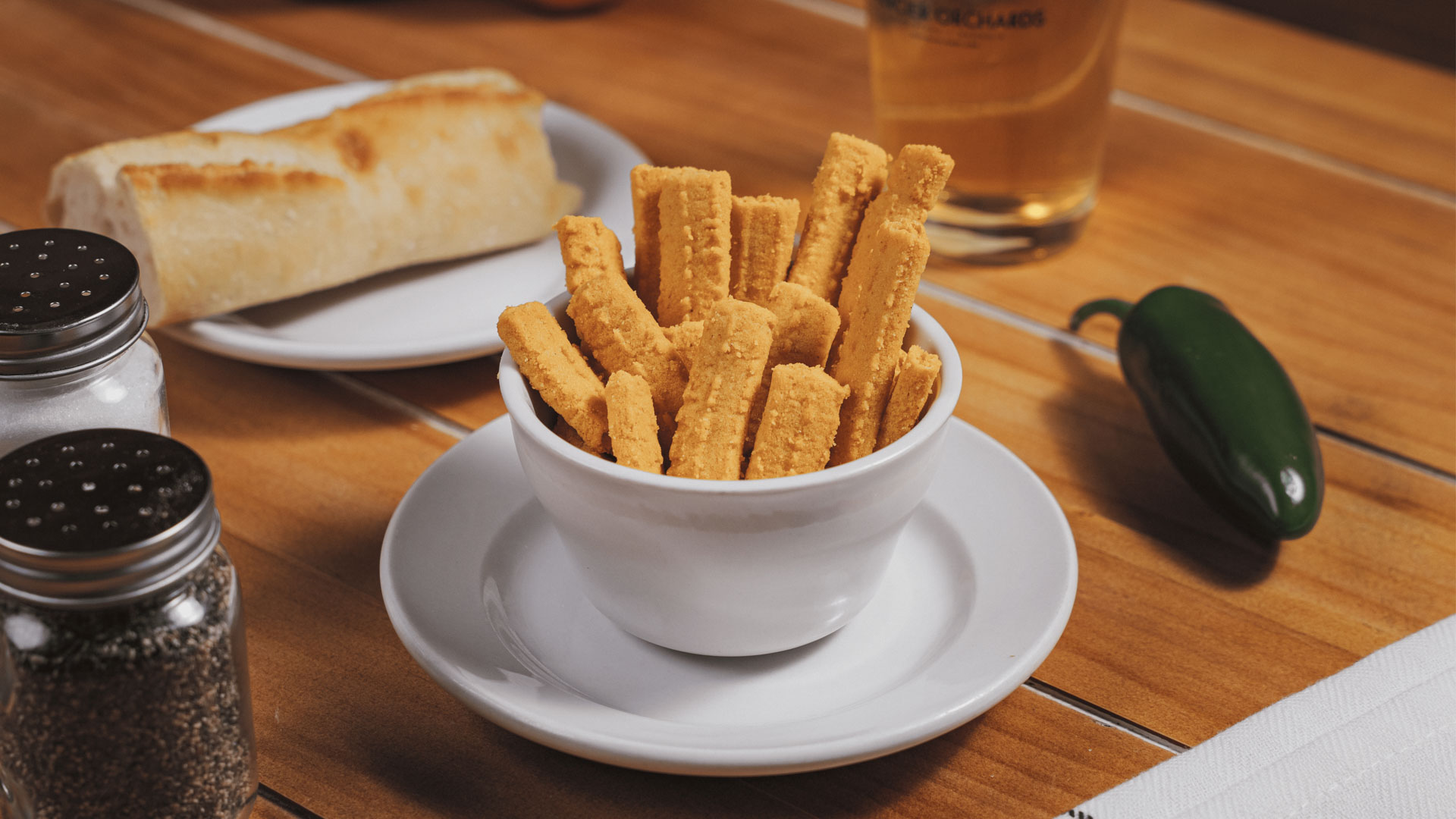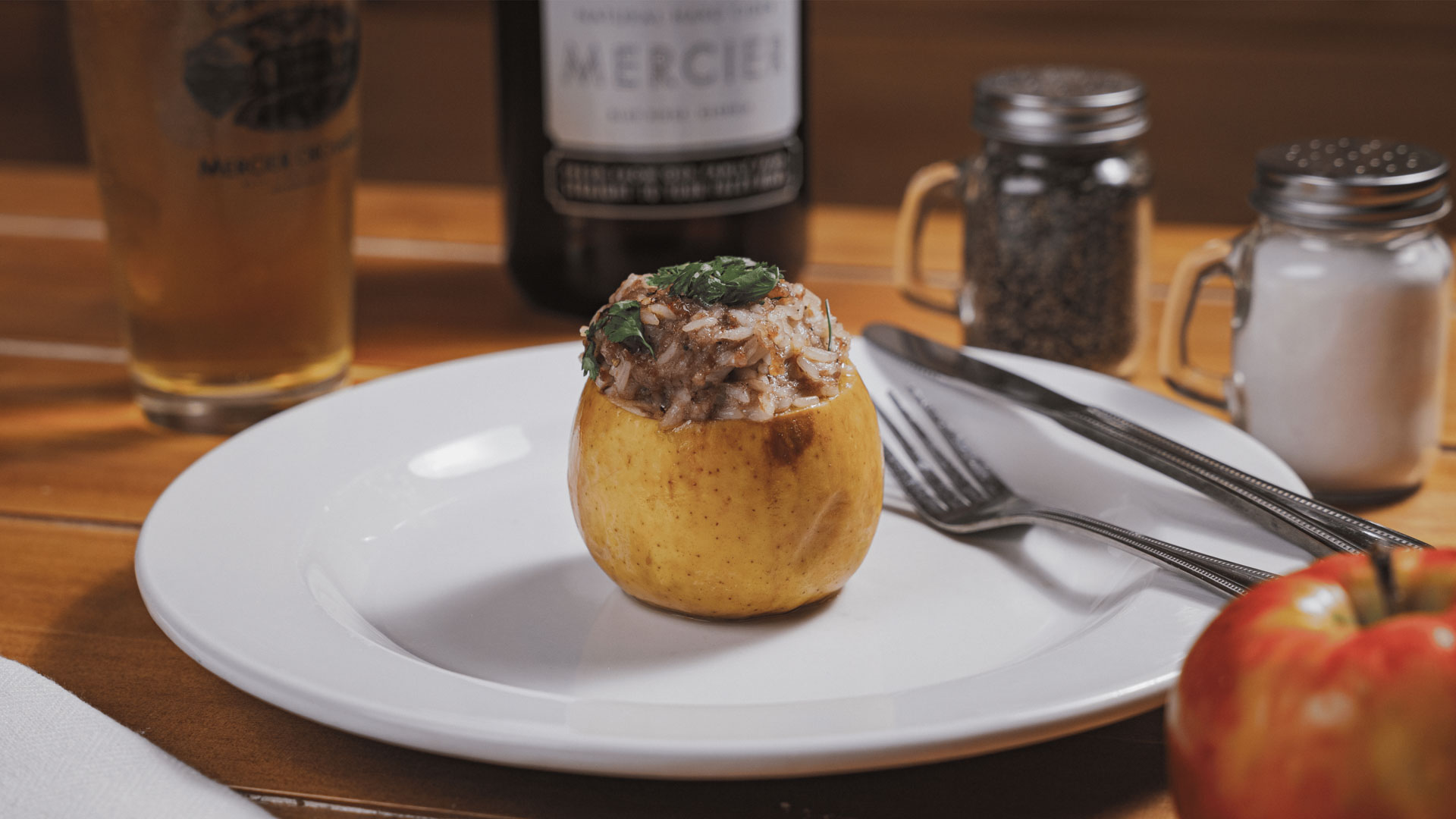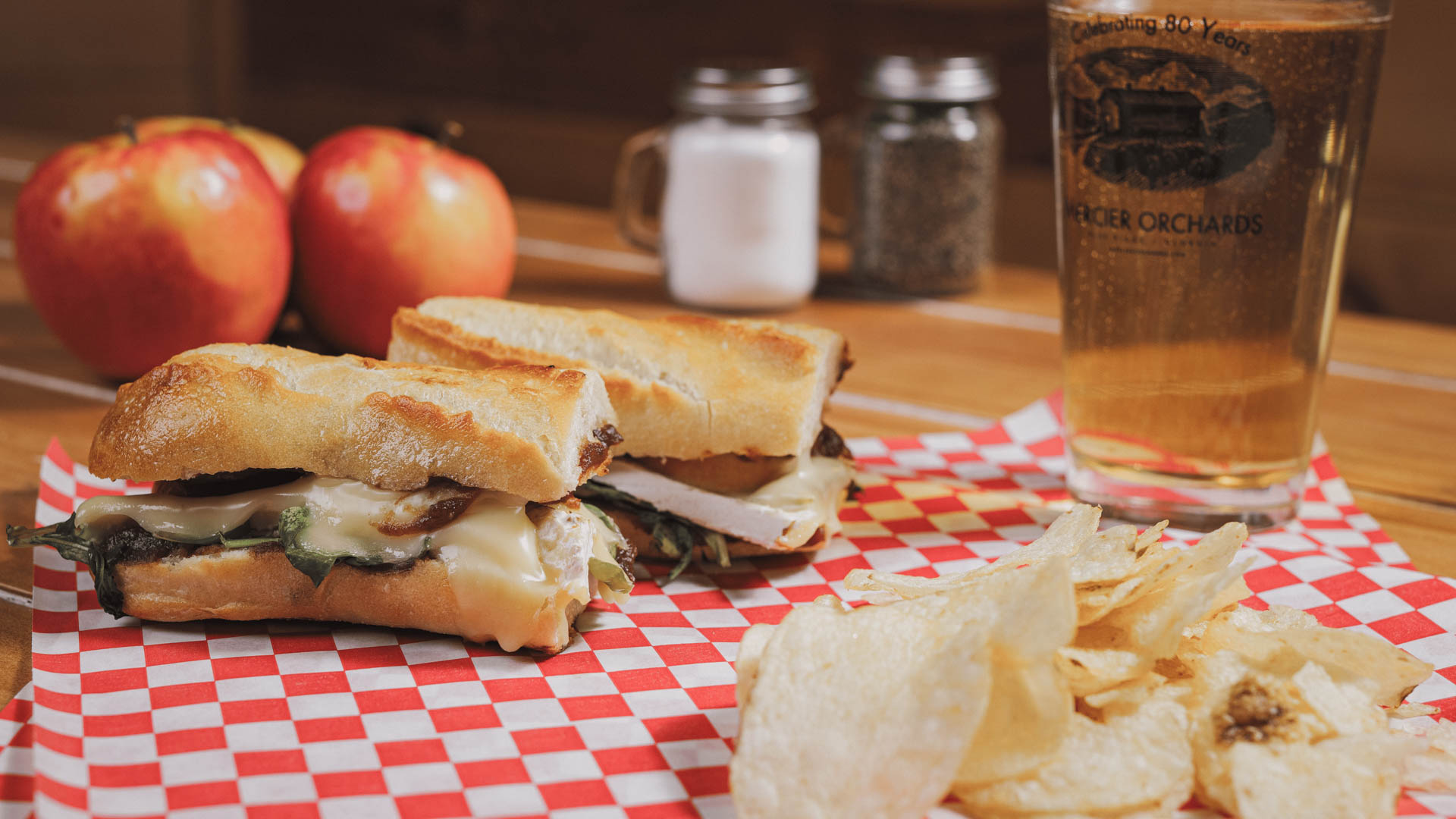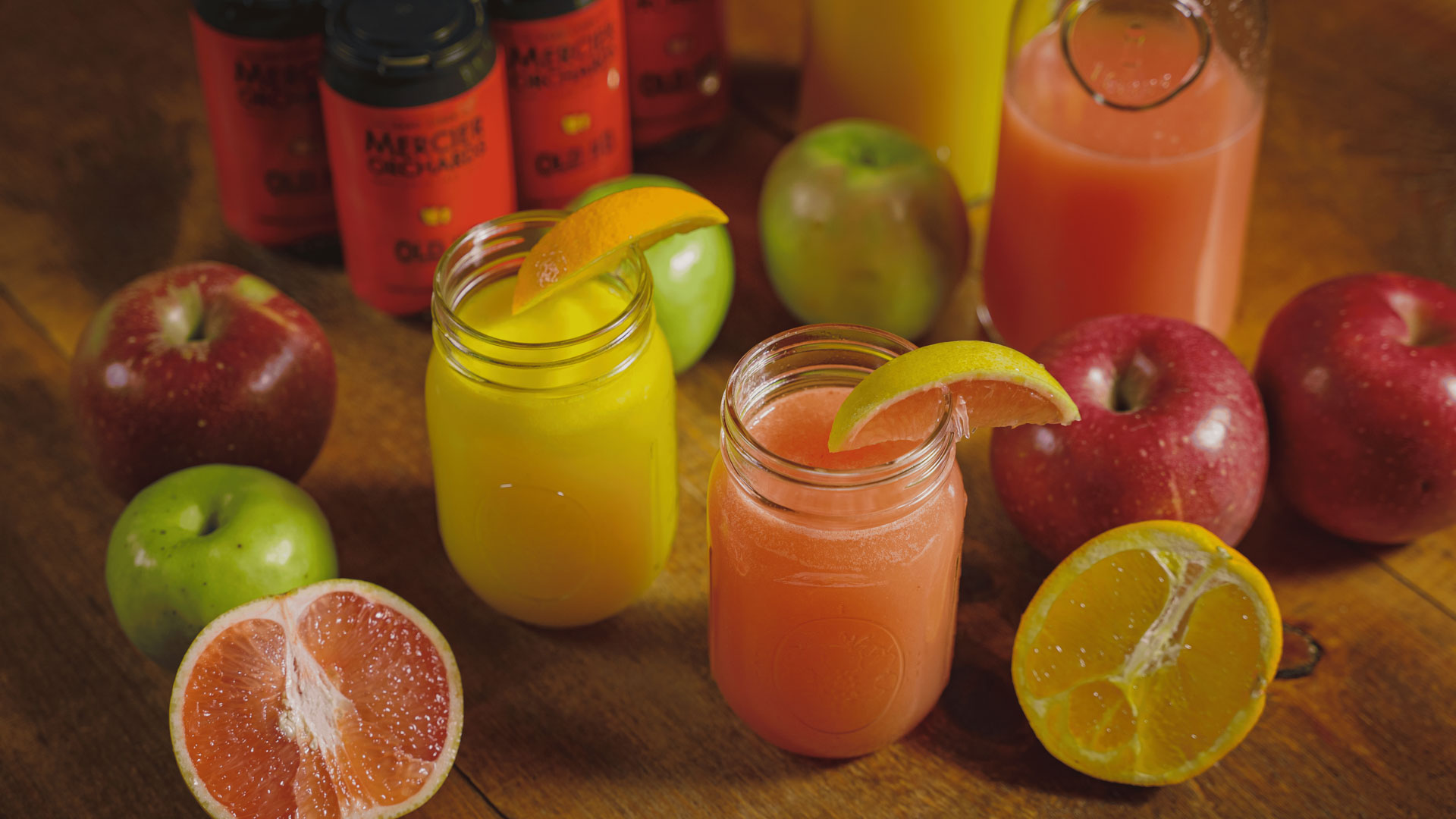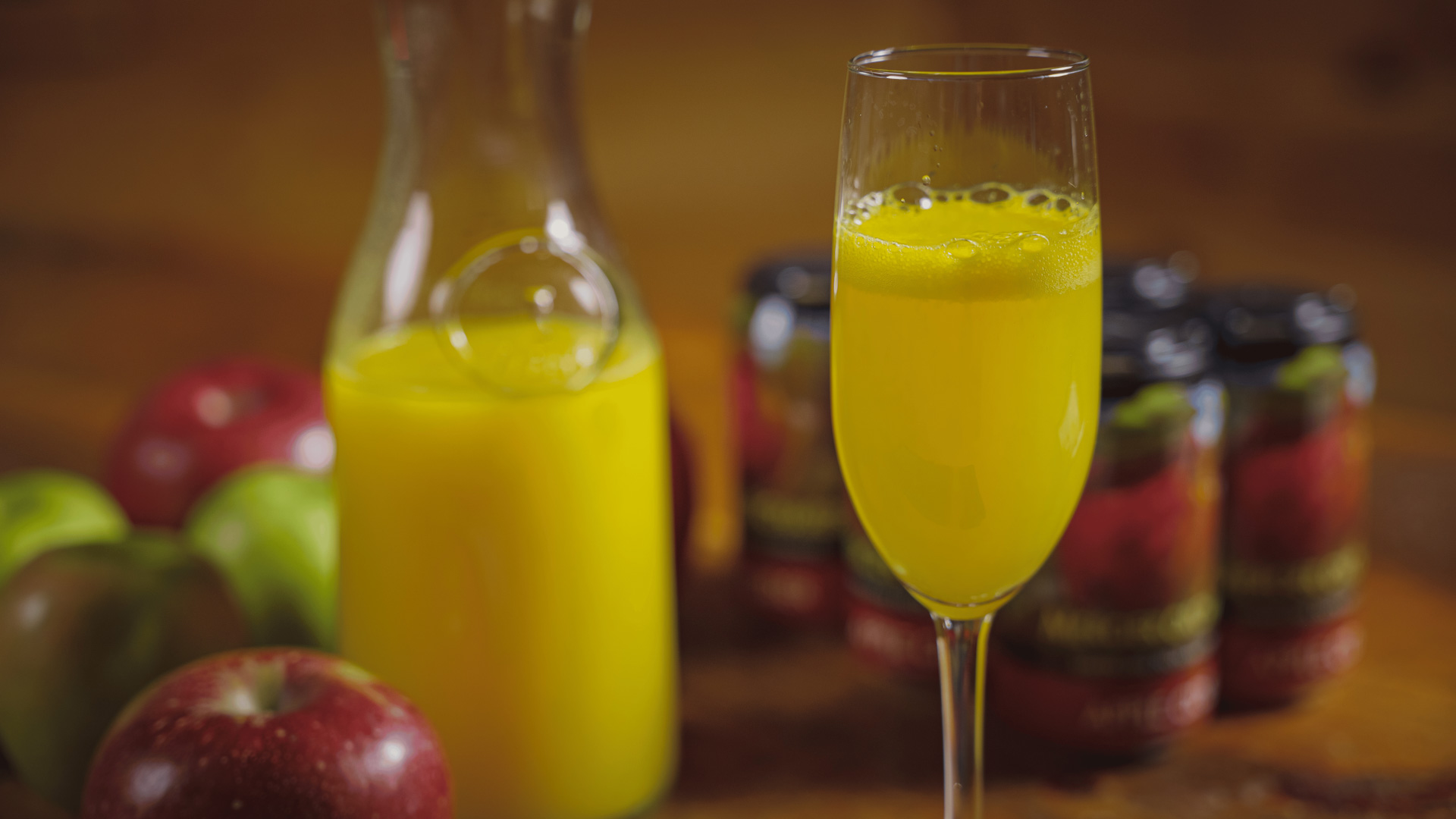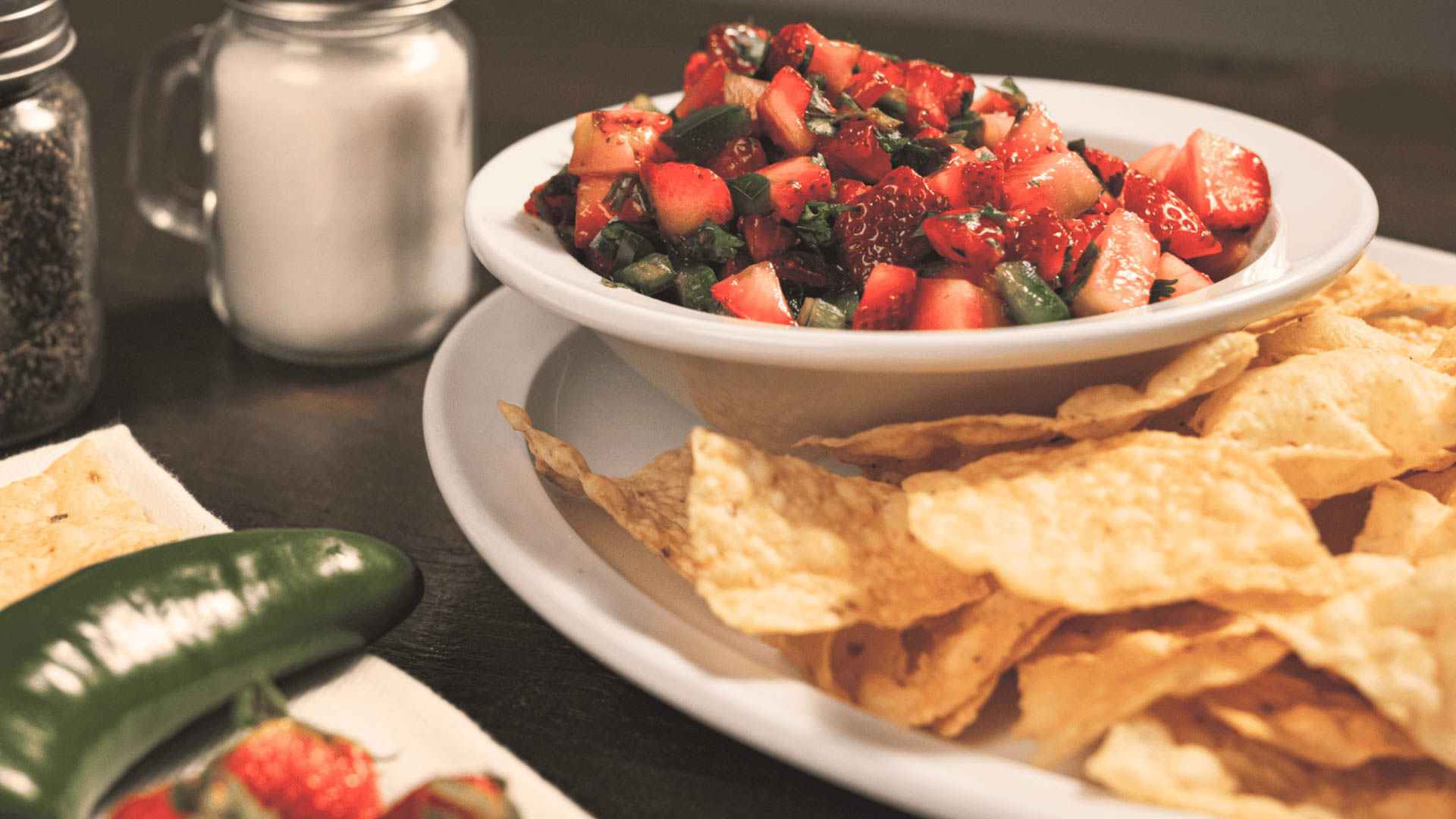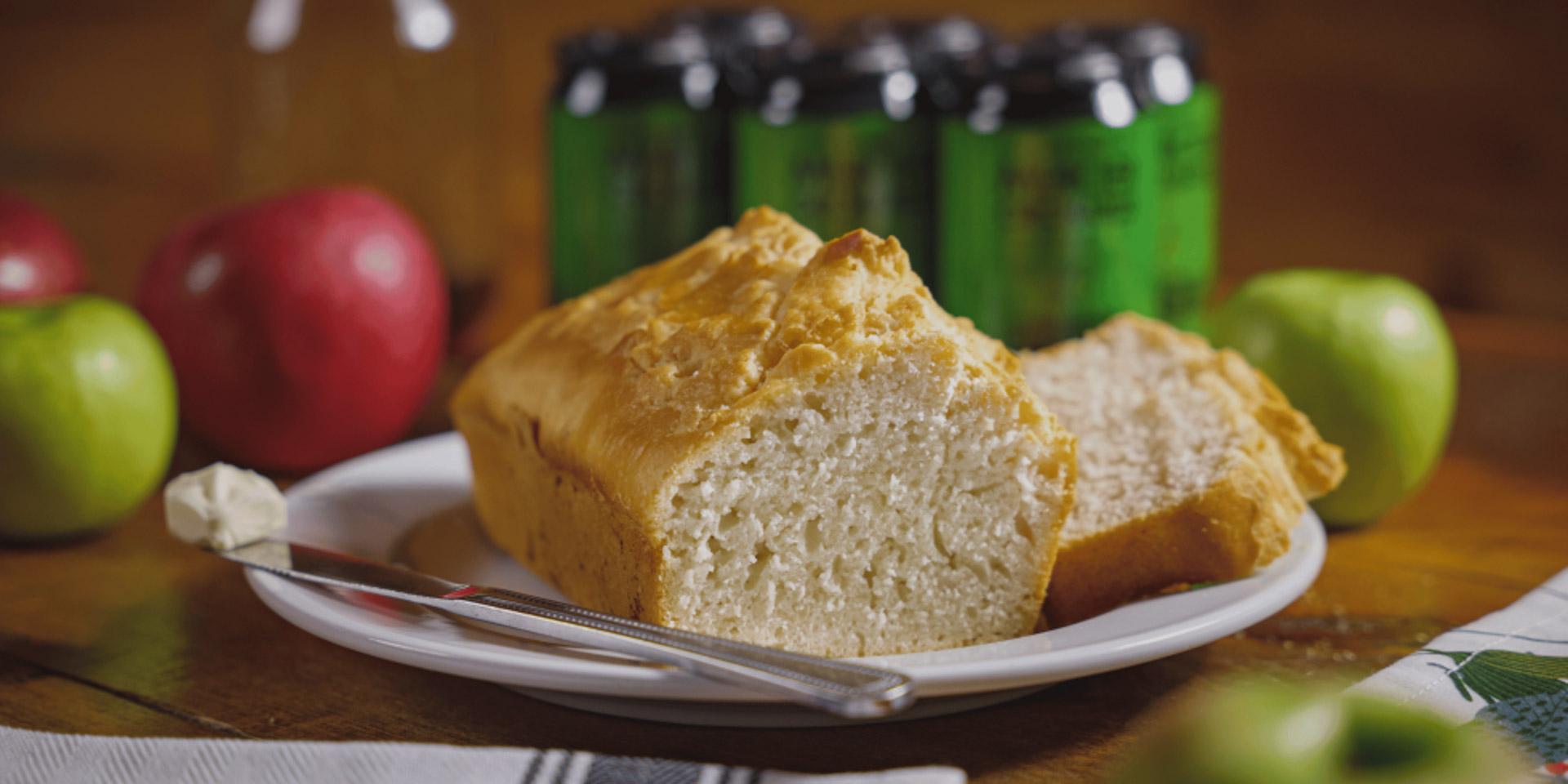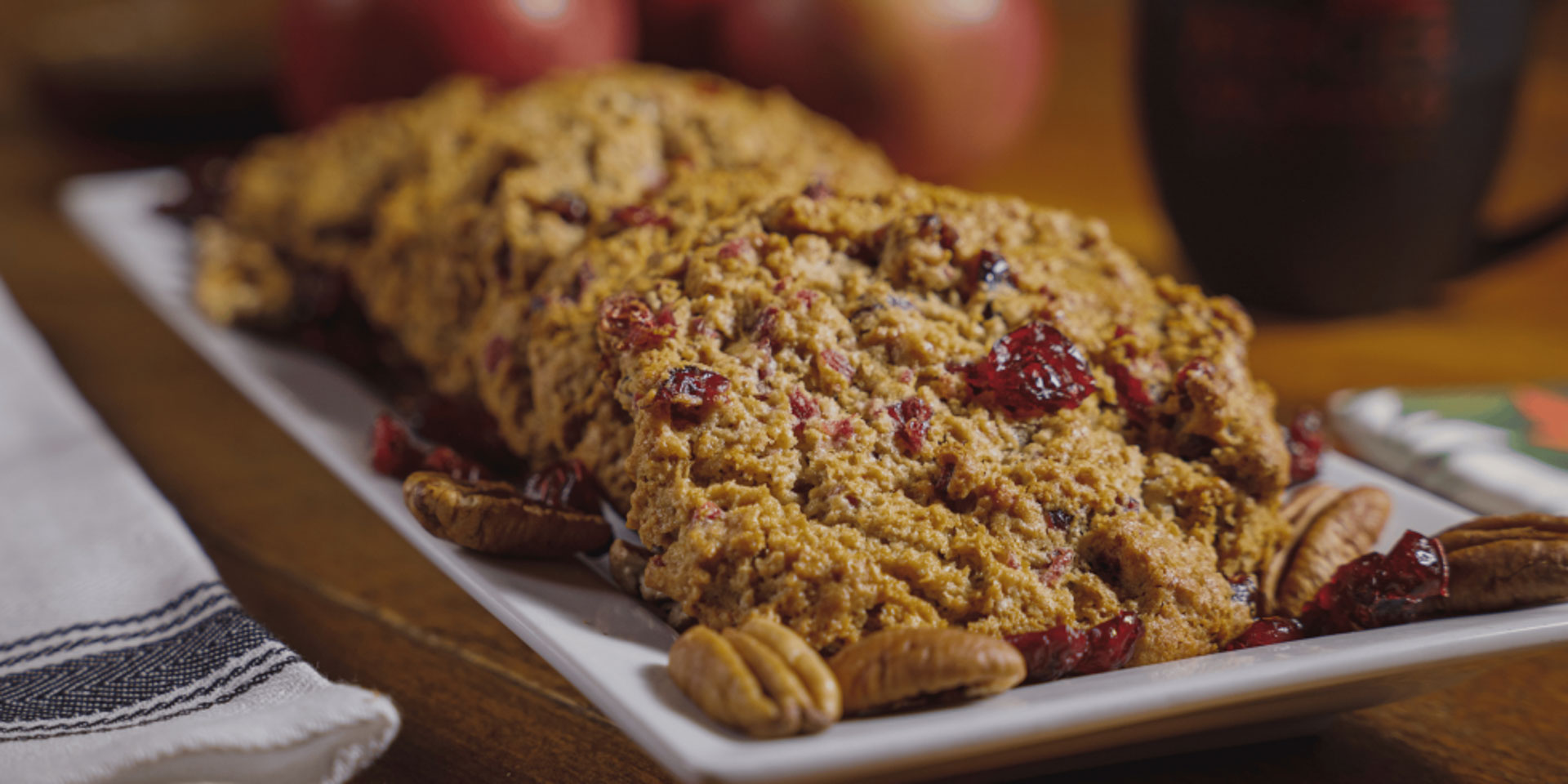Apple Maturity: Why It Matters
Here at our farm, we pay close attention to apple maturity to ensure the tastiest apples! Apple maturity simply refers to the physiological stage of growth and development that we target for harvest. Picking apples at the optimal maturity ensures the best possible flavor, texture, and storage life.
How Do You Know When to Pick?
There are several indicators that we use to gauge an apple’s readiness for harvest:
- Fruit Color Development: This is often the first thing people notice. While color is a factor, it can be deceiving. Each apple variety has a different color pattern at maturity, and factors like sun exposure can influence color development.
- Seed Development: Take a look at the seeds! Immature seeds are white, while mature seeds are more of a brown color.
- Brix: Brix is a measurement of the sugar content in the apple. Higher Brix levels generally indicate a sweeter apple. Growers use a special tool called a refractometer to measure Brix.
- Taste Test: Of course, the ultimate test is a taste test! Experienced growers know the flavor profile they’re looking for in a particular variety. If an apple is picked too soon, it will taste starchy (and we don’t want that!)
Why Does Apple Maturity Matter?
“Ripe for the pickin’” isn’t just a phrase, you know! Picking apples at the right maturity ensures:
- Optimal Flavor: Apples picked too early may be tart or lack sweetness. Apples picked too late can be mealy or bland.
- Best Texture: When picking an apple, you’ll want to make sure it has the optimal texture for its type – whether that’s crisp and juicy or soft and sweet. To measure an apple’s firmness and ensure its ripeness, we use a device called a penetrometer.
- Longer Storage Life: Apples picked at the right maturity will store better and last longer.
- Better Quality Products: You may be making applesauce, baking a pie, or just eating the apple fresh! Whatever the apple’s destiny is, maturity certainly impacts the quality of the final product.
While these are some of the key indicators of apple maturity, it’s important to remember that each apple variety has its own unique characteristics. Factors like weather conditions and growing region can also influence maturity.
By paying close attention to these indicators, growers can ensure that you get the best tasting apples possible!


